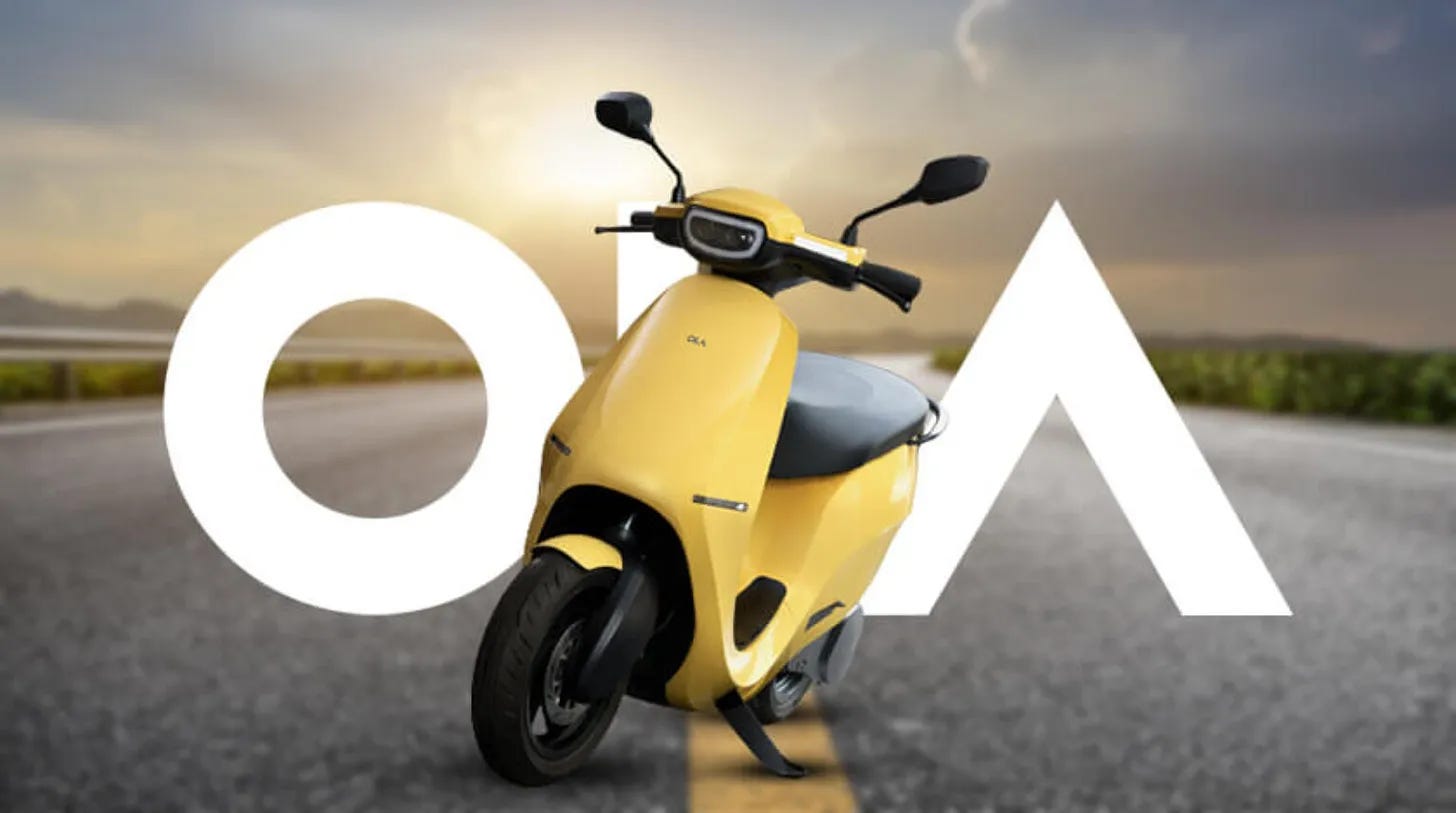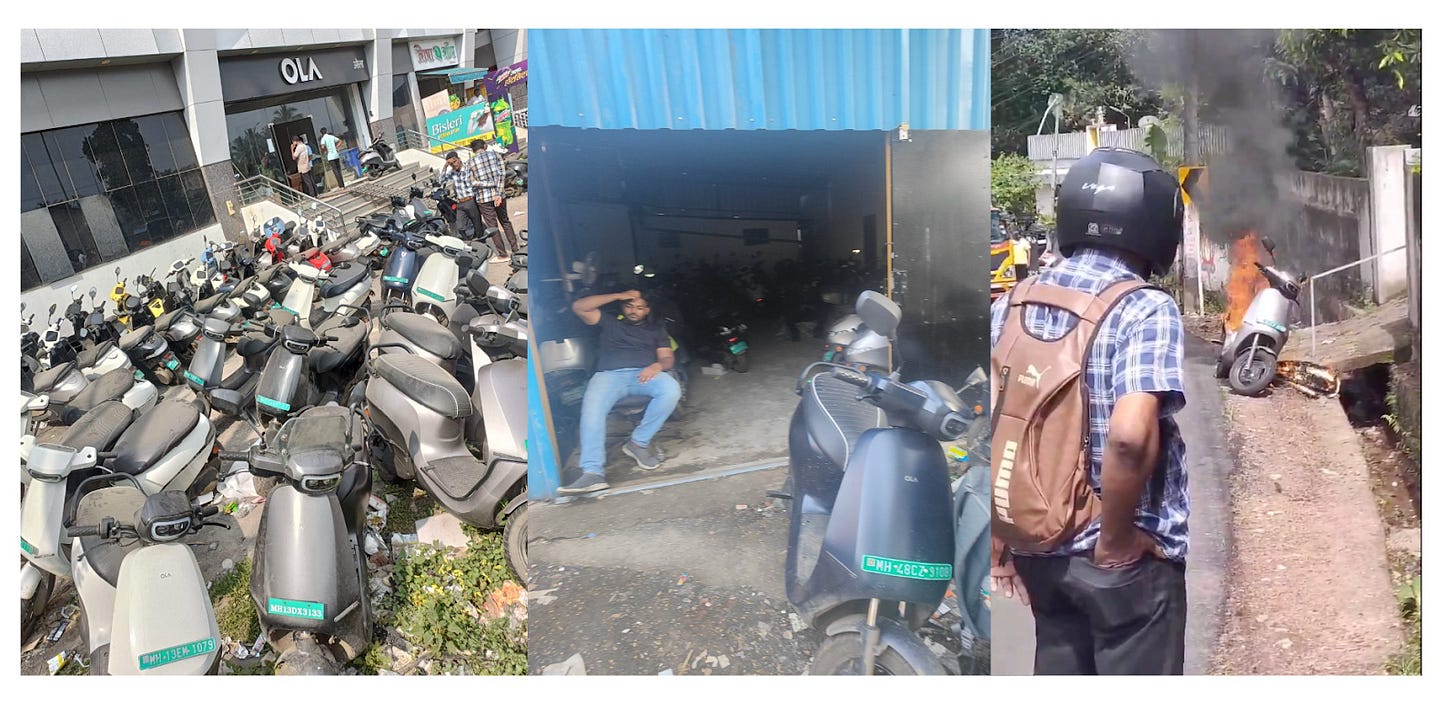Ola Electric CEO Bhavish Agrawal and comedian Kunal Kamra recently engaged in an online spat. Kunal, on his part, was sharing concerns of customers who had purchased Ola Electric scooters. In a tweet, Kunal tagged Union Minister Nitin Gadkari and the consumer forum (Jago Grahak). This exchange led to unsavory tweets, resulting in a PR fiasco for the CEO. Bhavish was criticized for his brusque behavior, apparent apathy toward customer complaints and directing ad-hominem attacks at the comedian. While Ola Electric is now in damage control mode, hiring the consulting giant EY to strategize customer support, let’s examine how this impacts its investors, customers, and engineers.
Investors
Ola Electric shares made their public debut on Indian bourses on August 9th. The issue price was INR 76, which saw strong subscriptions, closing at INR 91.20 on the first day of listing. Within just two weeks, by August 19th, the stock reached a high of INR 157.40, more than doubling its market cap. However, it closed slightly lower that day at INR 146.38. Since then, it’s been a volatile ride. As of November 8th, the share price has fallen below its initial listing price to INR 72.2. The price has been on a consistent decline since reaching its high, losing 27% following the public spat on October 6th.
Customers
The Central Consumer Protection Authority (CCPA), an Indian government body, has received 10,644 complaints against Ola e-scooters since September 2023. Complaints include service concerns and delivery delays. Many customers have shared disappointing experiences at Ola Electric service centers, often providing specific request numbers. Reported issues include scooters catching fire, motor malfunctions, and denial of service. Some customers have waited over two months for repairs. Amid this chaos, an Ola service center in Virar (Mumbai) reportedly hired bouncers to handle irate customers, while at a center in Kalaburgi, Karnataka, frustrated customers set fire to the Ola Service Center.
Engineers
Electric vehicles, including scooters, consist of both hardware and software components. The hardware includes the motor, battery, and inverter. In the absence of an internal combustion engine and traditional drivetrain components, power and drivetrain control are managed by a Vehicle Control Unit (VCU). Additional functions, such as Battery Management System, Regenerative Braking Control, and Torque Vectoring, are also performed by the VCU. These hardware and software systems require complex integration that may also require periodic firmware update. Engineering—whether systems or manufacturing—requires timely attention to customer feedback, essential for its engineers to resolve bugs, malfunctions, and performance issues in future product releases. Furthermore, the entire supply chain must meet rigorous standards.
Conclusion
Automotive production relies on skilled internal resources, a dependable supply chain, and a robust partner ecosystem. Product engineering, design, and development follow a structured lifecycle. Excellence in manufacturing demands consistent customer focus, process adherence, and a commitment to quality throughout the value chain. Senior management's focus on top-line revenue at the expense of addressing customer complaints can only worsen the situation. Circumventing processes, implementing quick fixes, and dismissing customer grievances will not help Ola Electric achieve global brand recognition for delivering value.







